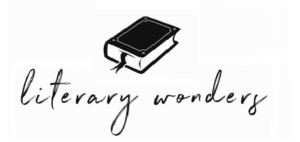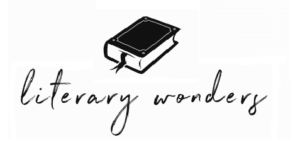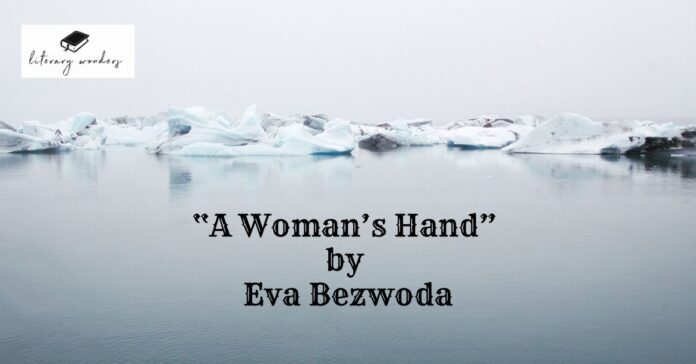Woman’s domestic responsibility and their fair representation in literary pieces have been the subject of many poems. Pursuing the same thematic strand, Eva has discussed her ideas about a woman’s domestic responsibilities versus her desires. “A Woman’s Hands” by Eva Bezwoda is a symbolic poem that highlights the unbound struggle of a housewife who sacrifices a lot to bring prosperity home.
The poem begins when she makes a general statement about a woman’s hands. Then, she catalogs a list of things a woman does his life. The description shows that a woman has to carry many responsibilities on her shoulder. The speaker seems fed up with performing multiple tasks. It appears that the monotonous routine of her life never let her enjoy the true colors of life. That is why she wants to give rest to her hands; she wants to fold them for some time.
As the poem goes on, she compares her busy life with a Nun, whose empty hands further add to his misery. For a moment, she considers her a lucky person, but soon she contemplates her different life as well. She repeats the idea of being tired in the poem’s final lines and emphasizes the need to have a free life. She wants to walk freely on the earth. The use of the words “ownerless” suggests that she might have some problems in her married life. Therefore, she probably wants to liberate themselves from the clutches of domestic responsibilities that are dragging her toward the dark.
Major Themes in “A Woman’s Hands”
Domestic responsibilities, the life of a married woman, and desires are the poem’s central themes, “A Woman’s Hands.” This short yet meaningful poem depicts the burdened life of a woman who does multiple duties simultaneously. She tends to her home and looks after her children to make her relationship keep going. However, while performing these heavy duties, she kills her desires. She tries to catch up with life, but there comes a time when she gets fed up.
The comparison of her life with the nun’s life further stimulates her desires. She gets envious to see the nun’s empty hands. Although she knows what type of life a nun spends in a chapel, her empty hands attract the writer. She openly says that her domestic life has become suffocating, and she needs a break. Eva repeatedly states that her hands are tired, and they want to take some rest. She eagerly wants to see these hands without any responsibilities.
Poetic Elements in the Poem
The writer has used simple and straightforward diction to connect the readers with her ideas and feelings. To create a lasting impact on readers, she has also used some poetic and literary elements in the poem such as;
- Personification
- Irony
- Imagery
- Symbolism
- Allegory
Personification is when we give humanistic qualities to inanimate objects. The writer uses this device throughout the poem as he continues to present his hands as humans, such as; “My hands are tired of holding.” The second most important device used in the poem is symbolism. Eva has used various symbols in the second line of the poem to talk about the strenuous routine of a married woman, such as; “A handbag, a vase, a child, a ring, an idea.” Each word symbolizes different responsibilities that a woman has to perform.
To captivate the readers, Eva uses imagery in the poem. Images like “nun’s empty hands,” “a rig,” “an idea,” and “Run ownerless” help the reader visualize what kind of life she is living. It also helps them understand why the speaker wants to break the stereotypical image of married life. The Irony comes into display in the final lines when she extends her concern and states the actual reason that she is tired of this dull life.
See Also:
“Heritage” by Countee Cullen – Analysis
“The Wound is Where the Light Enters You” Full Poem










